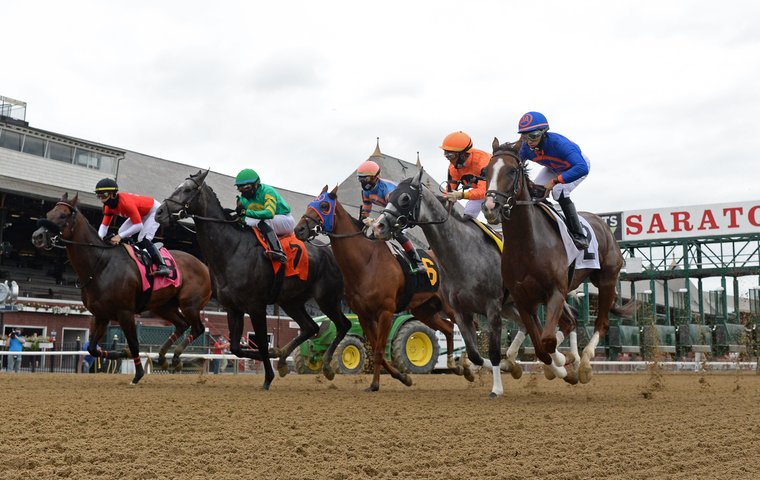
Check social media on any given day and you are bound to find grumblings from horseplayers about a winner in North America that entered the starting gate at one price and finished the race at quite another. In the past week, there have been two instances of this at major racetracks that have been widely discussed online.
A less-publicized but just as common occurrence is the converse – when large wagers come in as odds drop on specific horses, the odds will rise on the other horses. While the late influx of handle is legitimate, this fact does nothing to help the perception of integrity in the sport in the eyes of the betting public, especially when compared to other professional sports, which offer wagering using fixed odds.
The evolution of wagering has accelerated due to the Covid-19 pandemic as handle has shifted from brick-and-mortar facilities to virtually all online. This transition has changed our customer dynamic: instead of waiting in line at a window, customers can monitor the odds and wager at the last possible moment in the comfort and safety of their homes.
According to research by Curtis Linnell, executive vice president of the Thoroughbred Racing Protective Bureau, the majority of the win pool wagers now come within three minutes of the anticipated start of the race. He also notes that the greatest volatility occurs in the last minute of betting and typically represents 40 percent or more of the win pool — a great deal of which comes from computer assisted wagering (CAW).
When bettors call out racetracks for late odds shifts, the tote companies are usually blamed for ‘old technology’. However, tote companies have reduced the cycles between odds updates down to ten seconds for the last three minutes to post, which is about as fast as can be disseminated to the various local/remote video outputs and effectively digested by the patrons.
Sometimes, the data delay is related to the communications networks. For example, in two jurisdictions, Arizona and Florida, an archaic regulation forces the tote communication to ‘double-hop’, a situation in which simulcast wagers must flow to another tote system after the close of wagering before being merged with the host track.
Need for a national policy
But to really fix the global issue of late odd movements, wholesale changes are needed.
Clearly, track operators want to maximize their handle, which is why they close pools when the gates open and will sometimes drag post times — a dishonest practice that affects betting customers and other racetracks that stick to their scheduled post times. But that’s another story.
If the source of angst among bettors is the change in odds after the gates open, an obvious solution is to only accept wagering from high-volume players before then. However, forcing high-volume players to place their bets at a designated time/signal prior to the general public would not be wise. The pari-mutuel system is by structure democratic and CAW players are not at an advantage over others in terms of timing the submission of their wagers to the last possible moment.
My recommendation would be to adopt a national policy to close betting before the start of a race for all participants, and to eliminate the archaic double-hop scenario. I believe in a relatively short time bettors would adjust their habits accordingly.
Some may argue closing pools when the first horse enters the starting gate could create unwanted consequences, in particular at the time of a gate scratch, where bettors may want the opportunity to make alternative selections.
Current protocols for tote operations have advanced substantially in recent years, and now the process of reopening pools is far more efficient and less likely to result in service issues. Previously, the risks were substantial in the sequencing and ensuring you had ultimately received the full pools (the ‘final final’) from all guest locations. However, in a review of the data over the past three years for Thoroughbred racing, the number of gate scratches was 0.5 percent of all scratches.
The bottom line is horse racing is enjoying unprecedented national television coverage, and late odds shifts are a blight on these presentations. As McKinsey & Company recommended in a May article about succeeding in the post-Covid world, “The moment is not to be lost: those who step up their game will be better off and far more ready to confront the challenges — and opportunities — of the next normal than those who do not.”
Let’s not lose this opportunity to make a change for the better.
Chris Dobbins is senior vice president of InCompass Solutions, a subsidiary of The Jockey Club.


